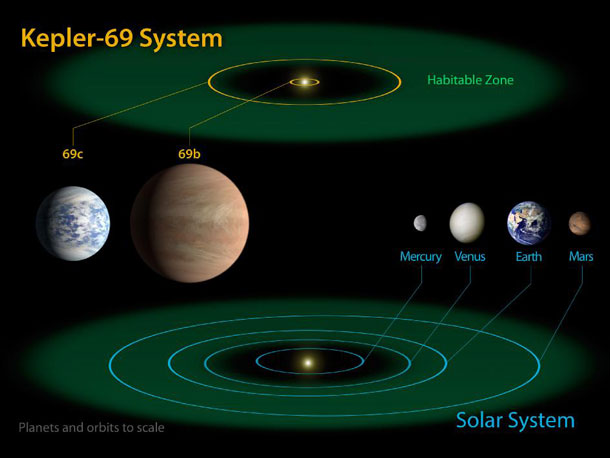Reflection
Exoplanets Discovery
Kepler-186 F
The exoplanet Kepler-186 F was named after NASA's Kepler Space Telescope. Kepler is the first earth size planet discovered in the habitable zone orbiting a star. Astronomers believed that Kepler is at the correct distances from a star that can indicate liquid water might pond on the surface of the planet. Many other exoplanets have being found in the habitable zone before, but most of this planets were at least 40 percent larger than Earth. Kepler-185 F in the other hand is more reminiscent of Earth. Although Kepler size is known, there is still a lot more to be discovered like it's mass and composition. The exoplanets discovered are approximately 500 light-years from Earth and orbit around a star which is half the size and mass of our sun. Even though it will be far long for human kind to find or travel to another habitable planets, astronomers theorized the possibilities that maybe future generations will. For right now searching for life outside the solar system is not a priority, but finding planets with the same characteristics that mimic that Earth is the main priority after this extraordinary discovery.
Source: Culler, Jessica. "Kepler-186f, the First Earth-size Planet in the Habitable Zone." NASA. NASA, 03 Mar. 2015. Web. 24 Feb. 2017.


